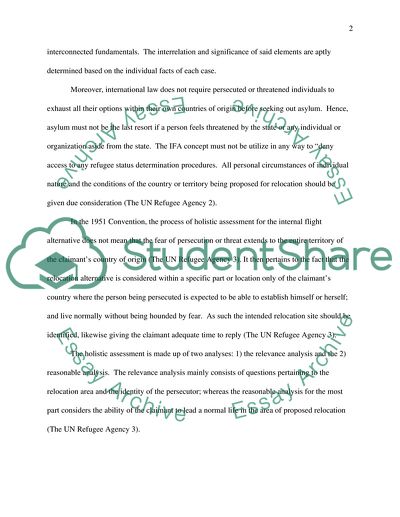Cite this document
(Internal Flight, Relocation, and Protection Alternative Term Paper, n.d.)
Internal Flight, Relocation, and Protection Alternative Term Paper. Retrieved from https://studentshare.org/law/1555905-internal-flightrelocationprotection-alternative
Internal Flight, Relocation, and Protection Alternative Term Paper. Retrieved from https://studentshare.org/law/1555905-internal-flightrelocationprotection-alternative
(Internal Flight, Relocation, and Protection Alternative Term Paper)
Internal Flight, Relocation, and Protection Alternative Term Paper. https://studentshare.org/law/1555905-internal-flightrelocationprotection-alternative.
Internal Flight, Relocation, and Protection Alternative Term Paper. https://studentshare.org/law/1555905-internal-flightrelocationprotection-alternative.
“Internal Flight, Relocation, and Protection Alternative Term Paper”, n.d. https://studentshare.org/law/1555905-internal-flightrelocationprotection-alternative.


